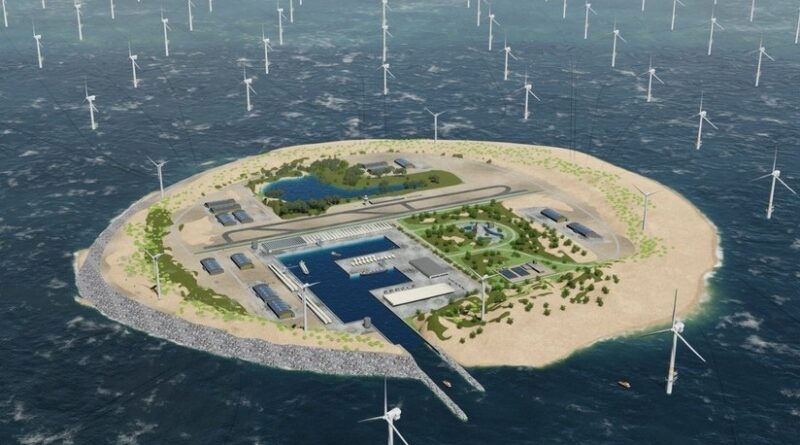
Energy Market Design: a big step towards a green energy union
Balancing the act of getting rid of Putin’s gas, while at the same time protecting consumers against rising energy bills caused the European Commission to present the proposal for a reform of the Electricity Market Design (EMD) in March. The parliament insisted to be a part of the negotiations in order to secure a sound legal basis rather than ad hoc emergency measures, and proved in the process that we able to get things done at record speed. The broad EMD compromise text was referred to trilogue negotiations last Thursday.
Green transition and economical protection
The reform of the Electricity Market Design set out to offer more cost protection to EU citizens, and quickly became an exercise in balancing this goal against a well-functioning market able to deliver on our climate targets.
Reaching the bloc’s target of an overall energy overall renewables energy mix of 42.5 percent by 2030 – against 17 percent today – requires a tremendous scaling, which can only be reached if investors are offered transparency and predictability, while we work our way towards a true energy union where the green electricity flows freely across the borders. Solving our challenges requires a steep increase in cross-border trade, a scene where Spain and Italy will increase its green energy exports when the sun is shining, and Northern European countries will do the same when the wind blows over the North Sea.
As an Italian expression says: “One hand washes the other, and together they wash the face.” That is Europe’s energy union. It will be another milestone of a European Union founded on the energy trade, and it will effectively work to crunch the many problems of today: climate crisis, energy dependence, price inflation.
What we need to achieve an internal market for electricity are massive investments in the electricity grid and renewables. Transparency and predictability is the foundation of this.
Secure flexibility
Flexibility in the EMD has been a red line to me. We expanded this idea by opening up for new economic models in projects supported by state funding, rather than limiting Member States to the much-discussed CfDs. It is rather straightforward: If we fail on offering flexibility and relies on a ‘one size fits all’-model renewables projects will simply fail to materialise.
To provide an example: In Denmark, plans for the so-called Energy Island Bornholm based on an economic model with a simple price supplement that goes to the state, and will be re-invested in the very expensive cable infrastructure required for the gigantic offshore energy plans in the Baltic Sea. This model offers little in terms of consumer protection, but it matters little in Denmark where a high level of energy self-supply leaves little exposure to price increases.
It is an example of the need for flexibility. European countries have vastly different energy infrastructure and starting points.
Secure competitiveness
The EMD also secures offshore hybrids, dealing with the complex issues of redistributing energy to any number of countries from the common sea basin. This follows the trail of the EU Offshore Renewables Strategy that I negotiated on behalf of the European Parliament in 2021. Furthermore, we added to the legislation a push for a new European energy auction scheme. A similar initiative has since been picked up by the European Commission in the Wind Power Package, announced by Ursula von der Leyen during the State of the European Union speech.
Being independent from Russia and China
It is positive that EMD ended up without cap on revenues. While intentions are good, it turned out to bring all the wrong things to the market, namely non-transparency and unpredictability for investors. By all means, we should avoid doing damage to a market design that is basically working and has served us well for decades.
Investing in the green energy transition and reaching a true energy union as soon as possible is the best possible protection Europe can offer its consumers. The EMD also makes it possible to use revenues from CfDs for investment in the transmission network.
The electricity grid will become a major challenge going forward as the electricity consumption is bound to sharply rise in the coming years. We want to ensure that we can integrate renewables in our electricity systems.
With the EMD we take a big step towards the energy union state leaders agreed on back in 2016. The energy union will make life safer, greener and richer for consumers as well as businesses, and the broad compromise behind the parliament’s position sends a clear signal: It is time to wash away the stains of fossil fuels from our collective face and make the energy union happen.




